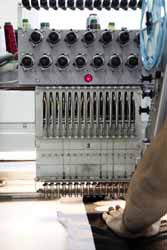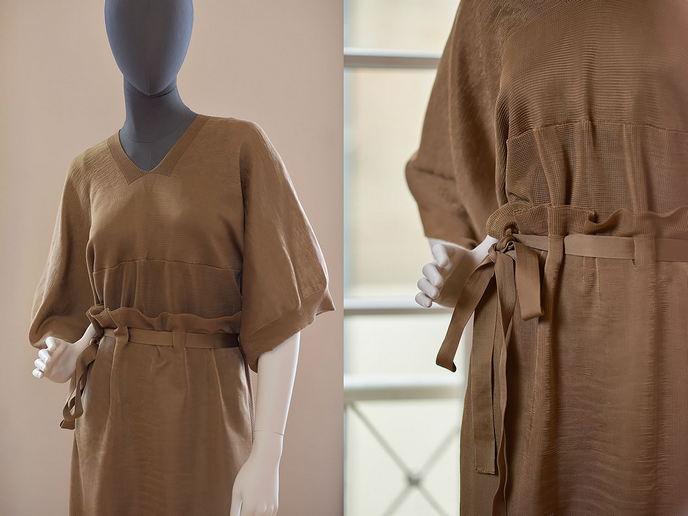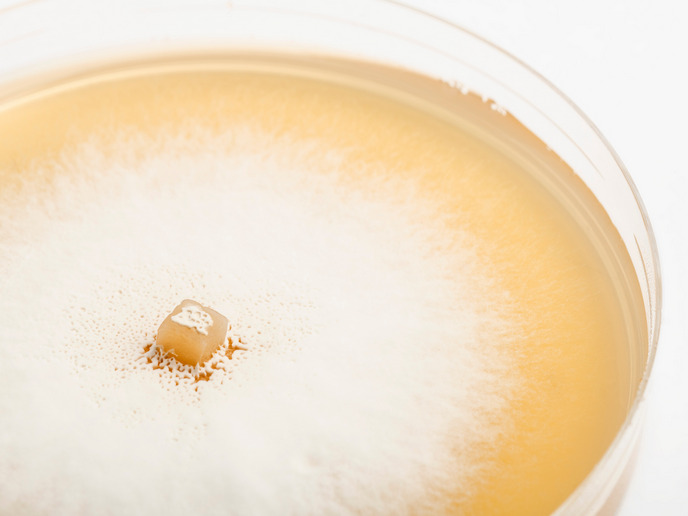Effective new self-heating technology
Composites are increasingly used in numerous applications and current demand exceeds the production capabilities of manufacturers. Textile preforming combined with liquid moulding technologies offer exciting potential for automation and enhanced productivity, but innovation is required to overcome certain technical challenges. EU funding gave scientists the opportunity to develop solutions through the project http://www.embroidery-project.eu./ (EMBROIDERY) . The focus was on exploitation of tailored fibre placement (TFP) technology that was developed in the 1990s for embroidery machinery. Researchers adapted it for advanced composites manufacturing, by embedding carbon fibres or metallic wires in elastomeric materials or rigid composite laminates to produce a resistive self-heated layer. Three applications were identified by small- and medium-sized enterprises (SMEs): self-heated flexible membranes for preforming or repair tasks, self-heated rigid laminates for tooling (moulding) and self-heated rigid laminates for multifunctional composites. The team chose silicone membranes for testing along with pre-preg materials, a liquid laminating resin and a surface gel coat for the laminates. Heat transfer simulations explored the best configuration of self-heated laminates for homogeneous thermal distribution in resin transfer moulding (RTM) moulds. TFP enables fibre steering such that the fibre orientation can be aligned with the stress field for optimal reinforcement and material usage and ultra-light components. Scientists conducted embedding trials to validate flexible membranes and pre-preg materials for rigid laminates. The electrical and thermal properties of specimens demonstrated that this technology can fulfil all requirements and novel high-performance prototypes were produced. Scientists developed the computer algorithms to enable automated fibre steering via spindle control of an endless feeding device for maximum benefits. EMBROIDERY concepts for self-heating based on TFP-embedded layers promises a significant cost reduction and sales growth compared to currently manufactured components. This technology decreases production time and energy consumption while increasing the quality of components and will have an important impact on the competitiveness of related SMEs.







